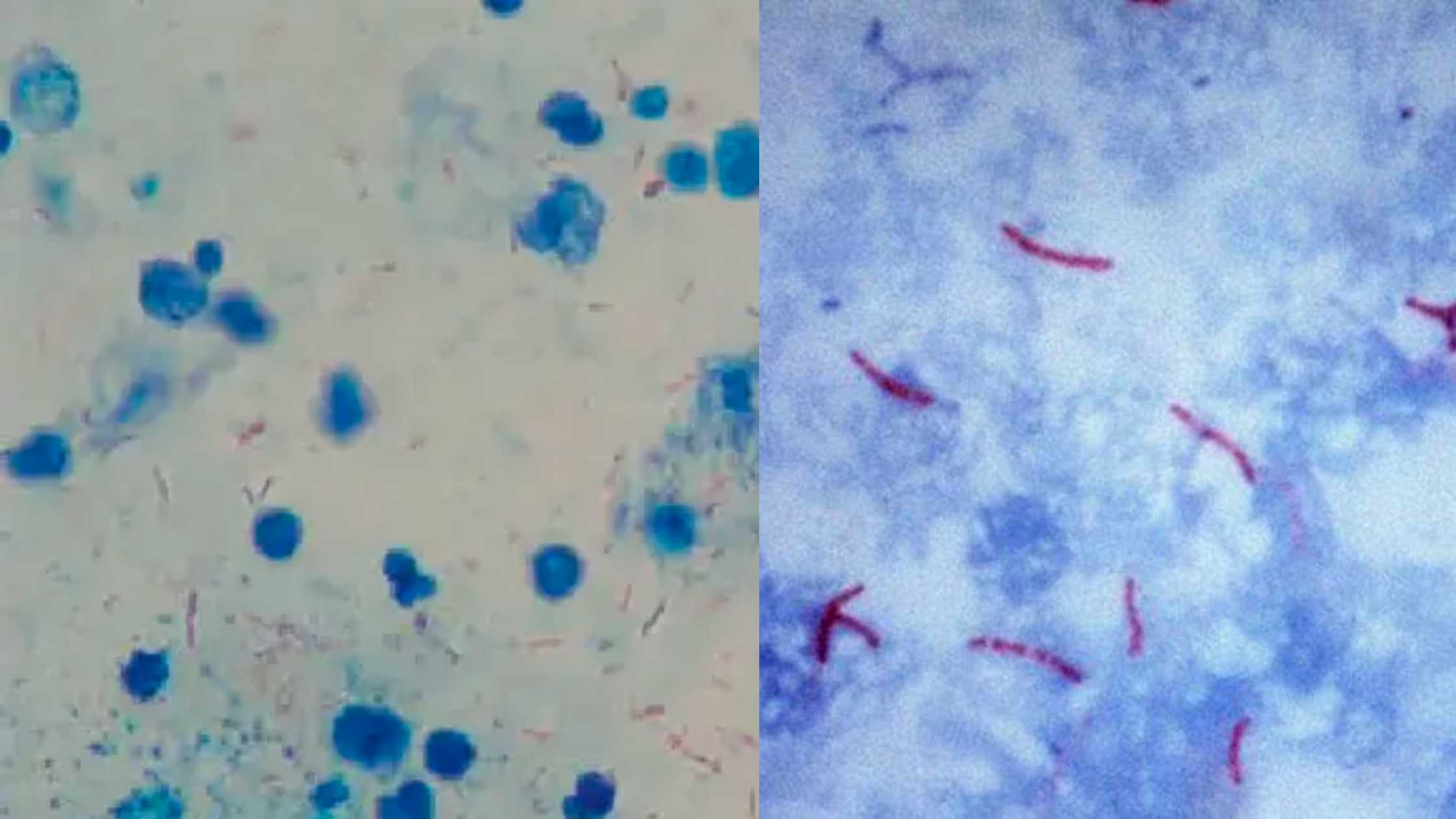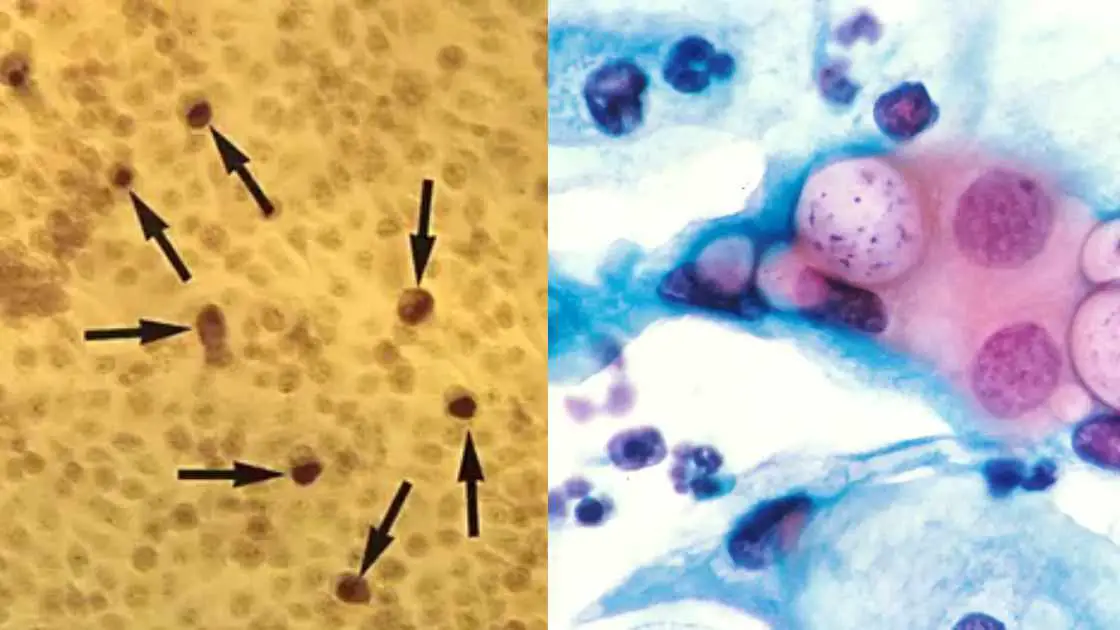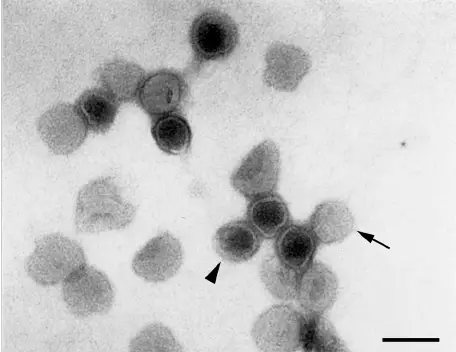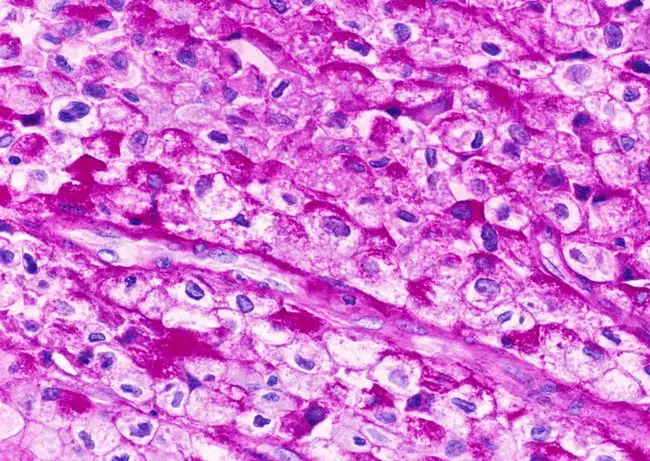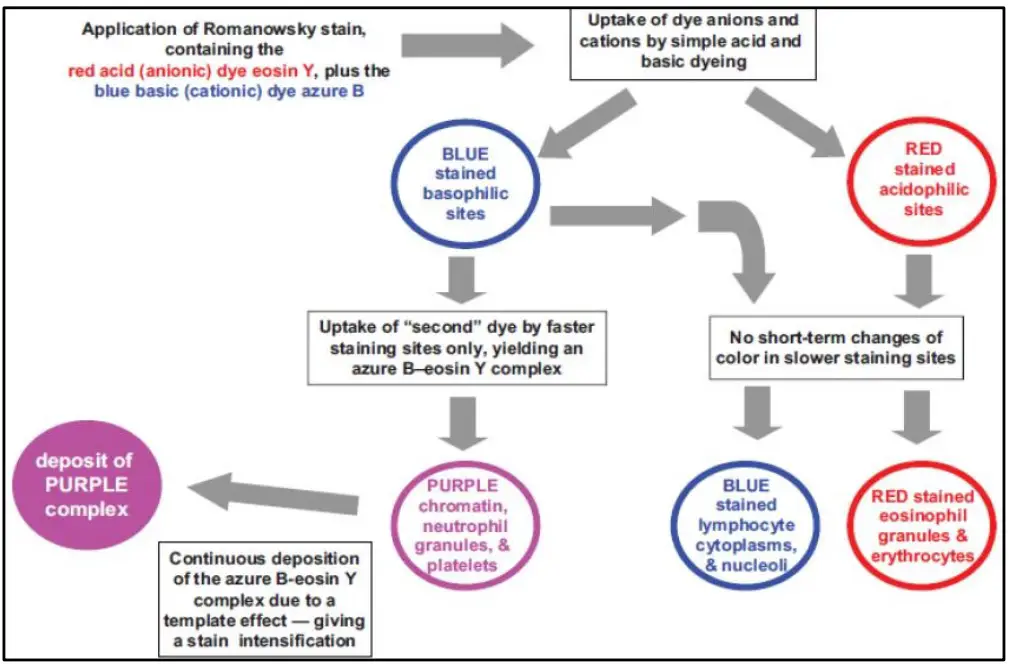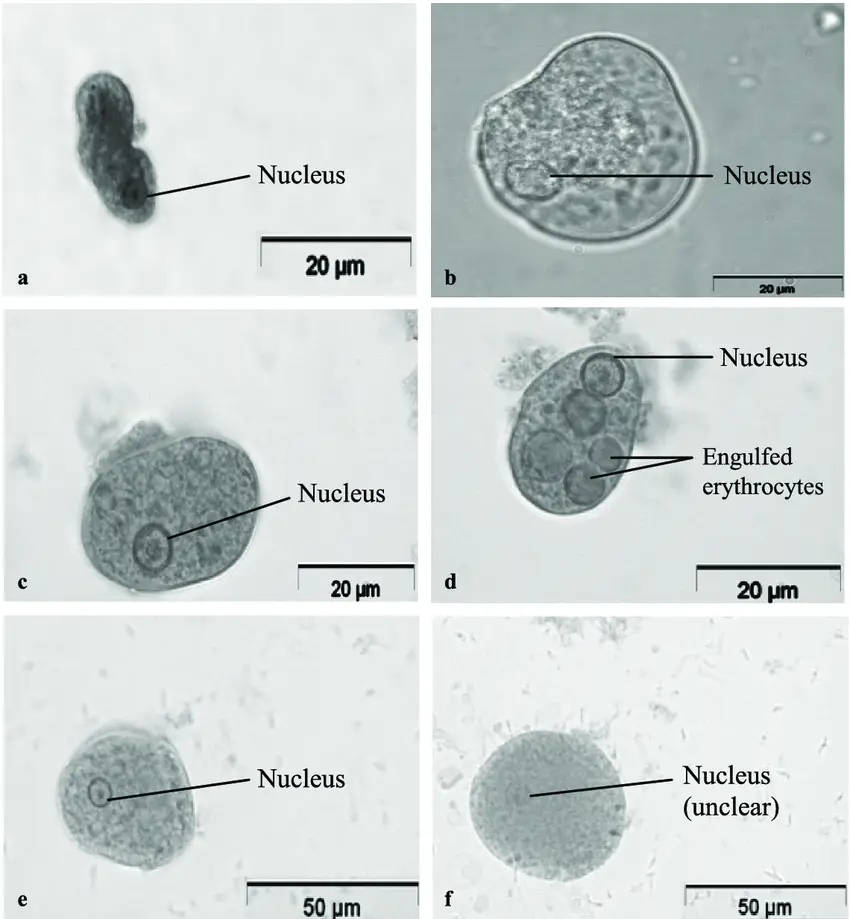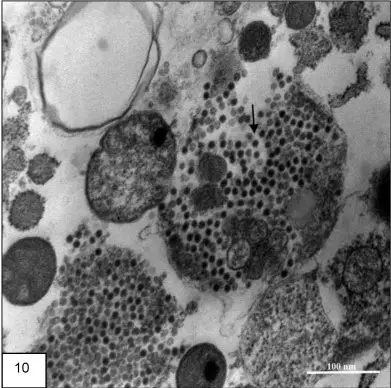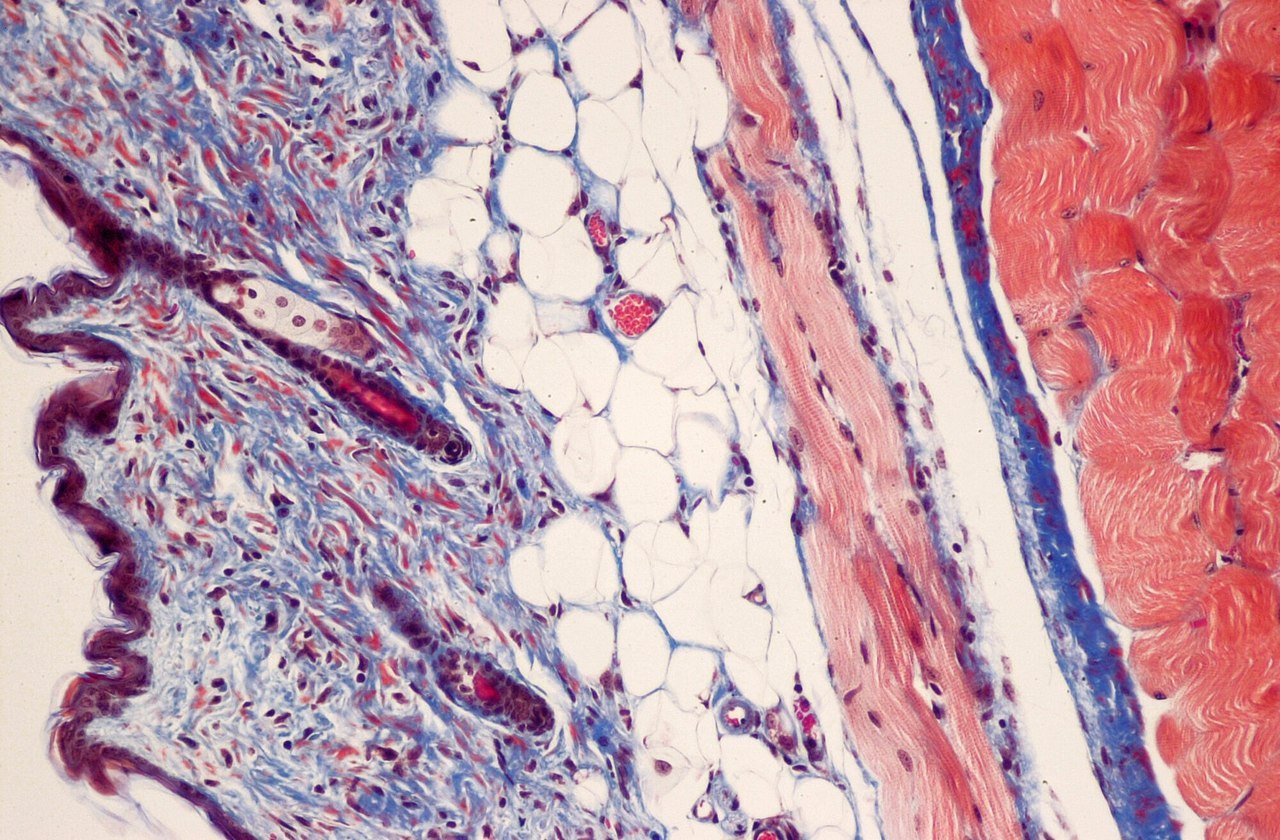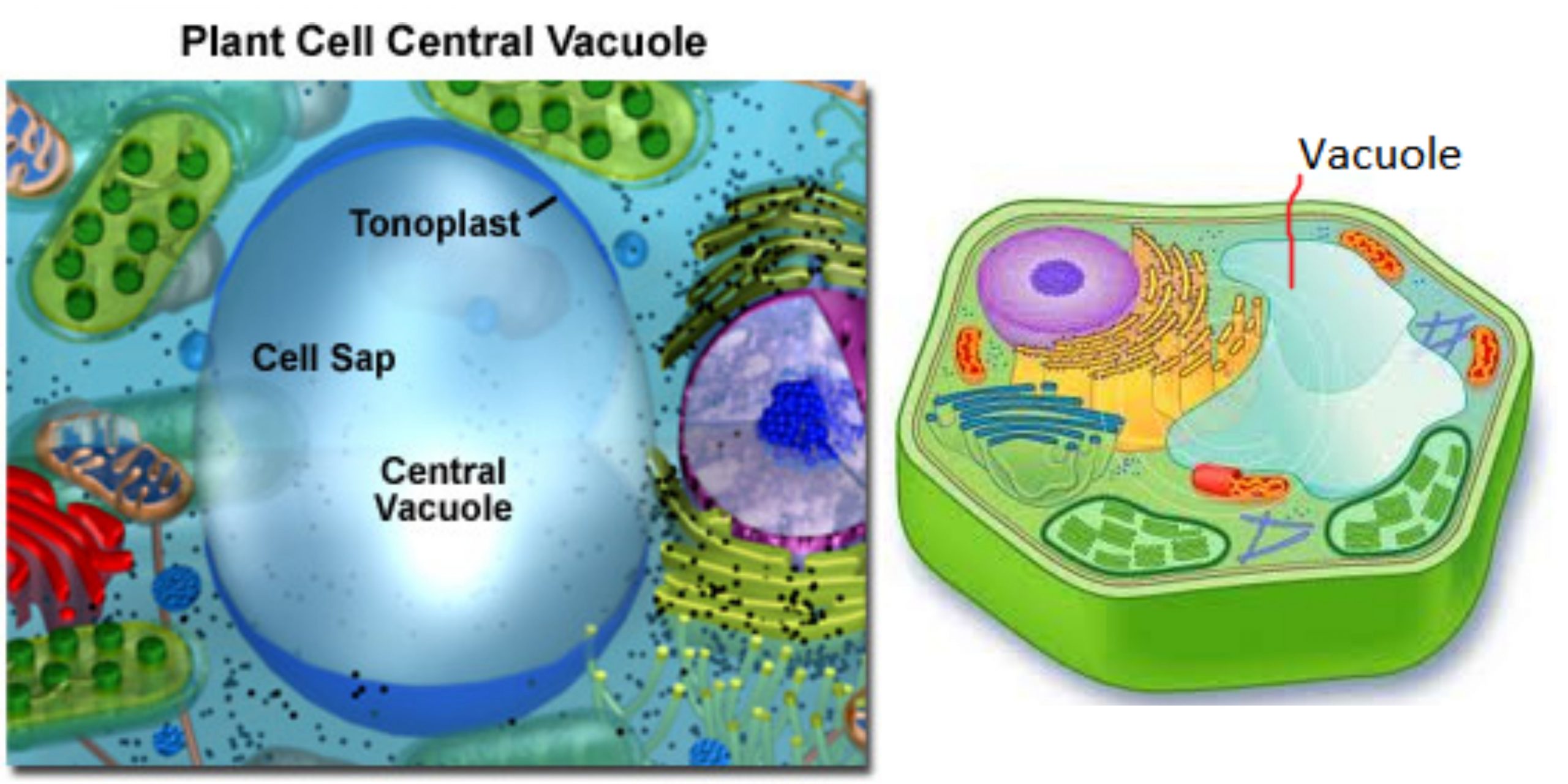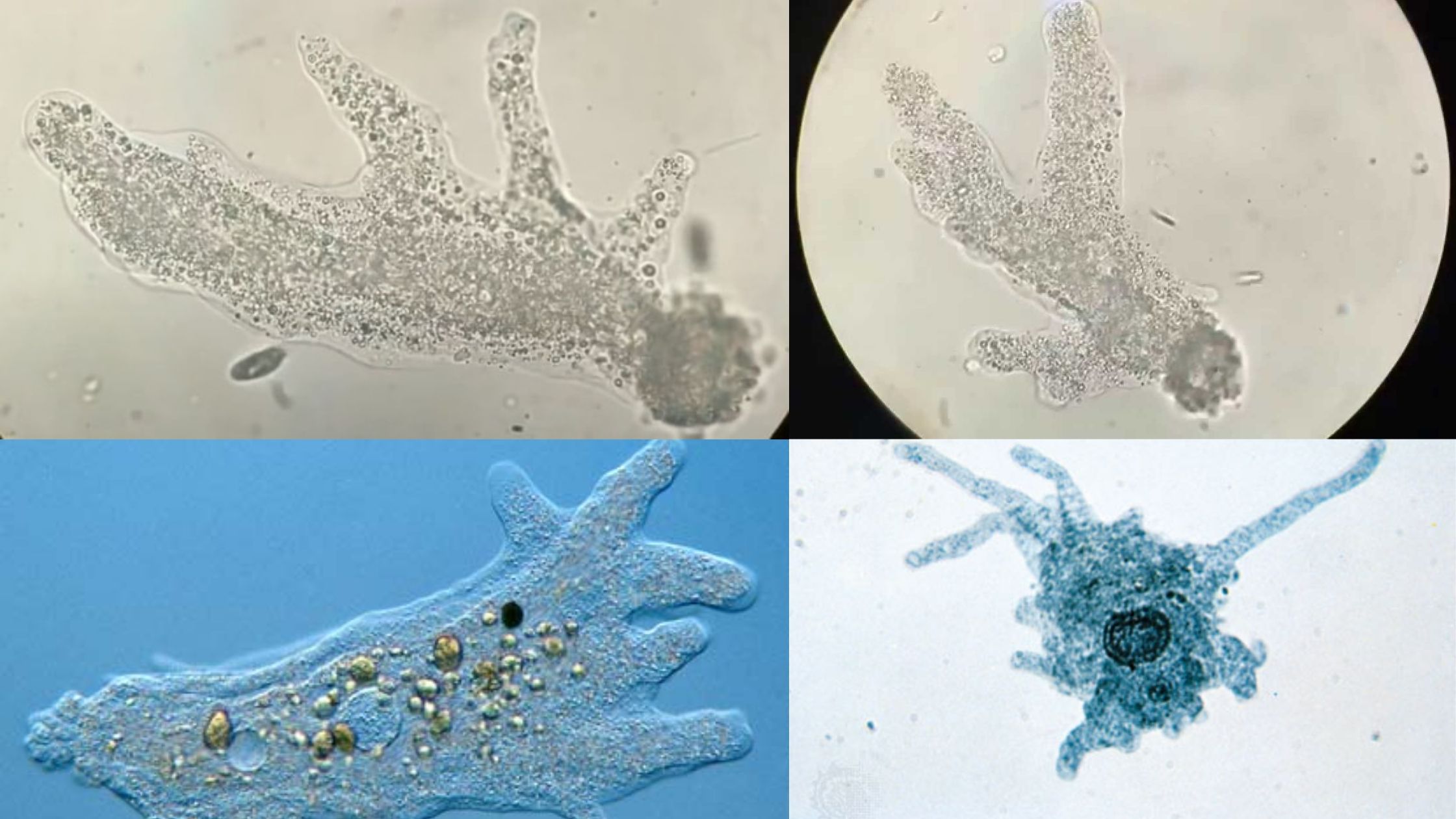Acid Fast Stain – Principle, Reagents, Procedure, Result
What is Acid Fast Stain? Objective of Acid Fast Stain Principle of Acid Fast Stain The principle of the Acid Fast Stain revolves around the unique characteristics of certain bacterial cells, particularly their resistance to conventional staining methods due to the presence of mycolic acid in their outer membrane. This expository explanation aims to elucidate … Read more
